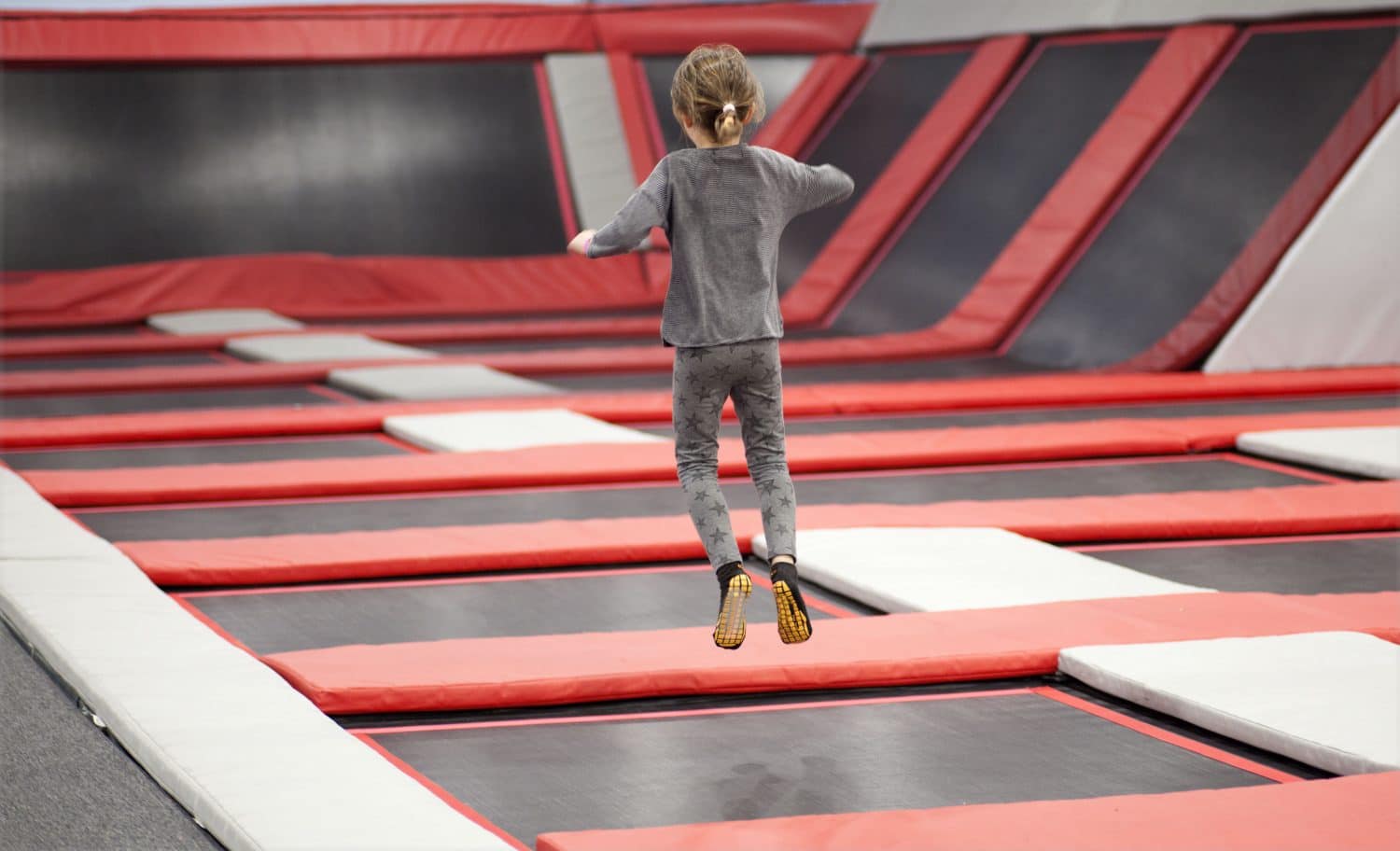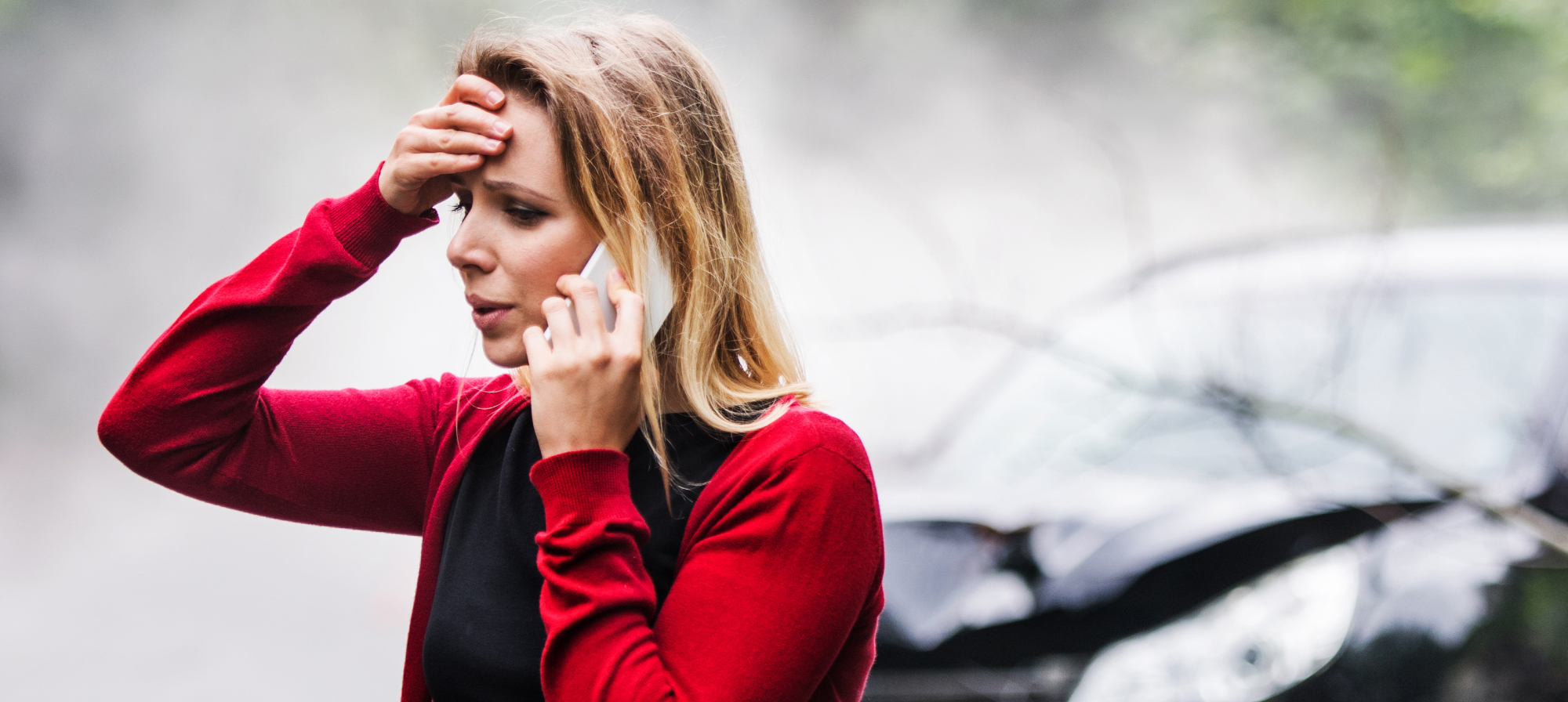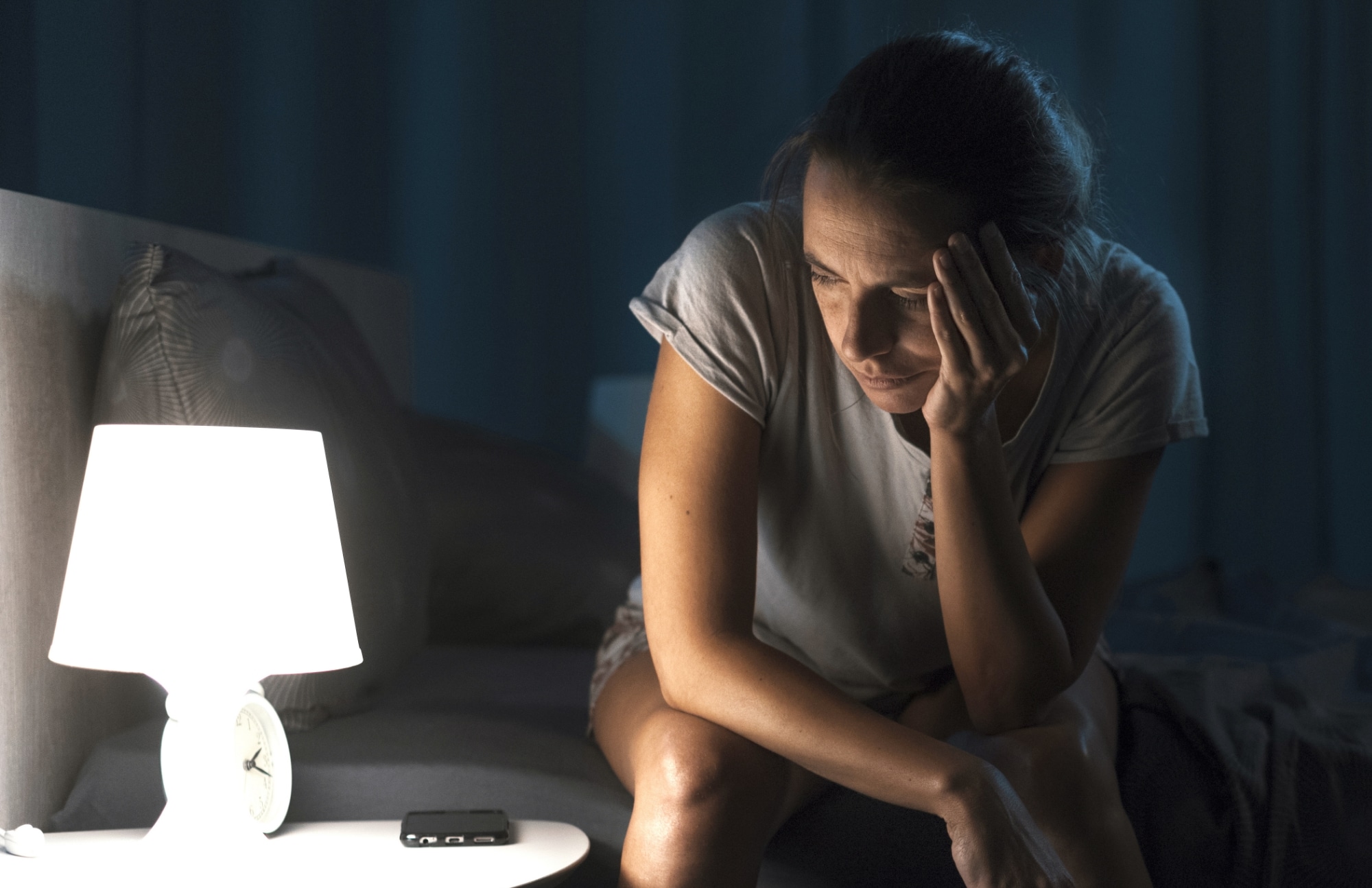Flipz, House of Air, Altitude, Urban Air, Amazing Jump, Cosmic Jump. New trampoline parks open every year as they continue to increase in popularity. However, as the hobby increases, so do trampoline-related hospital visits.
A January 2019 study in the Journal of the American Academy of Orthopedic Surgeons (AAOS) found that people hurt at jump parks suffer more severe injuries than those on home trampolines. A separate study conducted by a prominent biochemical engineer examined the technical reasons behind why trampoline parks are more dangerous.
Keep reading to learn more about the science behind the dangers of trampoline parks and what to do if you or your child has been injured at one.
The Dangerous Design of Trampoline Parks
Looking only at the rate of injuries, you might be confused as to how trampoline parks are more dangerous than home trampolines. Park owners often argue that there are far more home trampoline injuries than park injuries — and this is true.
However, a recent study found that while home trampolines cause almost twice as many injuries, the injuries are typically less severe. The AAOS study found that trampoline park injuries require more than twice as many surgical interventions as home trampolines.
In another study, Dr. Pete Pidcoe spent more than six years researching the dangers of trampoline parks. He blames several factors for why the parks are so dangerous, the most notable being the transference of energy between trampoline pads.
Energy Transference Makes Trampolines Unpredictable
Dr. Pidcoe found that the design of these parks essentially makes them one massive trampoline. Energy transfers from surface to surface whenever someone takes a step or jump. This means that your movements are influenced by everyone else’s, making your bounce height and the position and force of your landing completely unpredictable.
Many Parks Have Crucial Connection Design Flaws
Although energy flows as if the park was one big trampoline, it isn’t, and each trampoline area connects to the others. This can lead to additional danger. Dr. Pidcoe states that while connecting trampolines with steel bars can reduce some of the energy transferred between pads, it can’t eliminate it entirely. Further, many parks don’t use steel bars. Instead, they use cable and chain connections that fail to halt the transference of energy and can pose additional dangers of their own.
Trampoline Park Injuries Resemble High-Speed Car and Motorcycle Crash Injuries
Utah trauma surgeon, Dr. Craig Cook, has experience operating on trampoline park injuries and compares them to those sustained in a severe car crash, stating:
“These are the types of injuries that we’d see with a high velocity trauma motor vehicle crash at 90 miles per hour that rolls or an accident where a victim is thrown off their motorcycle and they fly 100 feet.”
Dr. Pidcoe explains that with the transference of energy comes the transference of force, multiplying the violence of the impact. And to make matters worse, the impact happens in one incredibly fast blow “like getting hit with a hammer” — but a hammer with 400 lbs. of force behind it.
Common Injuries Sustained in Trampoline Park Accidents
Trampoline parks can cause both minor and severe injuries ranging from a few shallow scrapes to a life-altering head injury. Common injuries sustained from trampoline parks include:
- Broken legs and compound fractures
- Head trauma and brain injuries
- Spinal fractures and neck injuries
- Dislocations and sprains
Trampoline Parks Are Not Federally Regulated
There are no federal regulations for trampoline parks. And although some states have begun to develop and implement regulation, Texas is not one of them. Not only are these parks more dangerous without standard safety procedures, but the lack of regulation can also make holding a park responsible for an injury more challenging.
A park that failed to comply with a federal or state regulation would be responsible by default (negligence per se). Without regulations, however, you and your attorney will have to build a stronger and more complex case to prove negligence.
Most Trampoline Parks Make Participants Sign Waivers
While trampoline parks can’t force you to sign away all of your rights to legal action and compensation, they can make the process more complicated. A common clause in trampoline park waivers forces the injured party to go through a process called “arbitration.”
Arbitration is an alternative dispute resolution method that controls the legal procedures, keeping the case from going to trial and mandating that the final ruling be kept private. This helps the park save face by avoiding a public trial and gives them more control over the legal proceedings. While, in and of itself, arbitration is not an unfair form of legal dispute resolution, corporations typically use forced arbitration to stake an advantage in a claim.
Crosley Law Is Nationally Recognized for Trampoline Injury Cases
Crosley Law has a national reputation for unyielding litigation of trampoline-related personal injury cases. We have extensive knowledge of many of the common injuries sustained in trampoline injuries, including traumatic brain injuries and spinal cord injuries.
If you or your child have been injured at a trampoline park in Texas, you need to contact the attorneys who understand the restrictions and complications of trampoline park injuries and how to get you the compensation you deserve for those injuries. You need to contact Crosley Law.
Call us today at 210-LAW-3000 | 210-529-3000 or fill out our online contact form to get started.
References
CBS News. (15 May, 2019). Trampoline park injuries “like getting hit with a hammer,” researcher says. CBS News. Retrieved from https://www.cbsnews.com/news/trampoline-park-dangers-new-research/
Doty, J., MD; Voskuil, R., MD; Davis, C., MD; Swafford, R., MPH; Gardner, W., MD; Kiner, D., MD; Nowotarski, P., MD. (1 January, 2019). Trampoline-related injuries: a comparison of injuries sustained at commercial jump parks versus domestic home trampolines. Journal of the American Academy of Orthopedic Surgeons, 27(1), Abstract. doi: 10.5435/JAAOS-D-17-00470. Retrieved from https://journals.lww.com/jaaos/Abstract/2019/01010/Trampoline_Related_Injuries__A_Comparison_of.5.aspx#
The content provided here is for informational purposes only and should not be construed as legal advice on any subject.









